Top 4 tiling tips for installing large format tiles
There is much discussion about large format tiles in the market as they grow in popularity, but what is a large format tile? By rough definition, a large format tile has at least one edge with a length greater than 600mm or a facial area greater than 3500cm², therefore a tile measuring 600 x 600mm or larger, is considered a large format tile.
Previously, only natural stones such as granite or marble, were available in these large sizes, having been cut into large slabs. Changes in manufacturing techniques have led to a rise in popularity and availability of porcelain and ceramic tiles in these larger formats. With the increased use of large format tiles by both the commercial and domestic tiling market, it is important to note the specialised requirements of fixing these. Consideration should be given to these top 4 tiling tips for installing large format tiles before starting your project.
Surface preparation
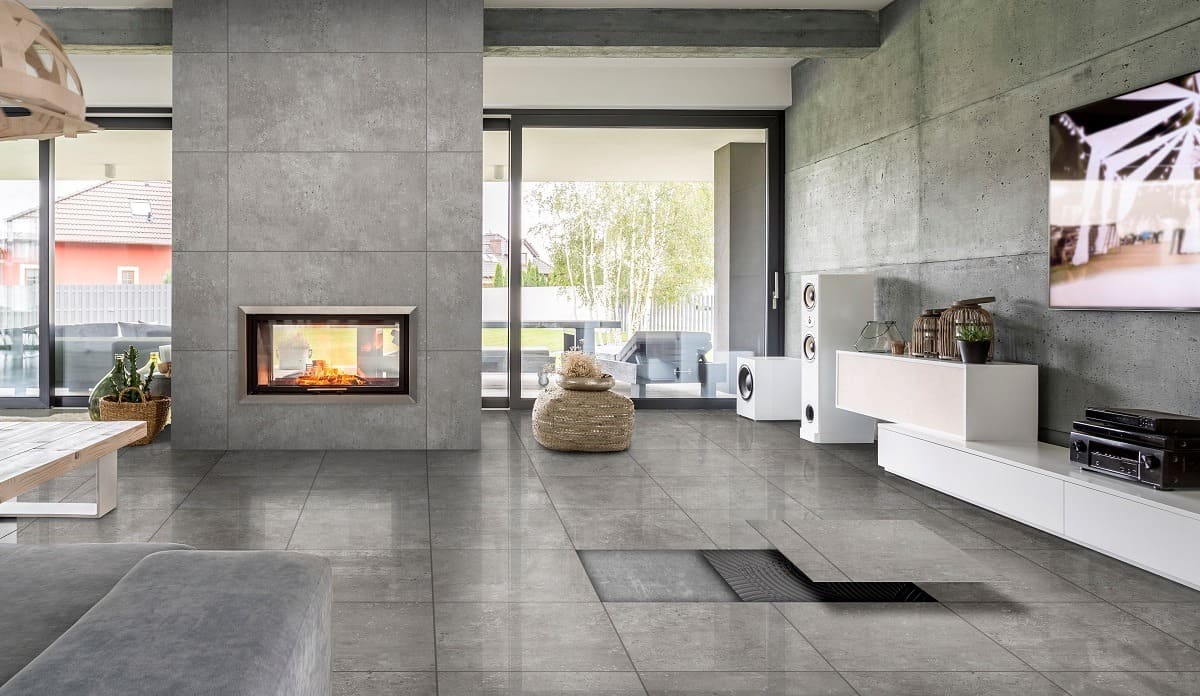

There are permissible manufacturing tolerances for ceramic and porcelain tiles, and large format tiles may have permissible surface flatness irregularities, i.e., the tile surface may be ‘curved’ or ‘bowed’. It is therefore vital that the substrate to be tiled is smooth and level by applying a self-levelling underlayment like TAL Screedmaster or TAL Superscreed SL to prepare the surface. This also prevents the excessive consumption of tile adhesive.
Limiting “lippage”
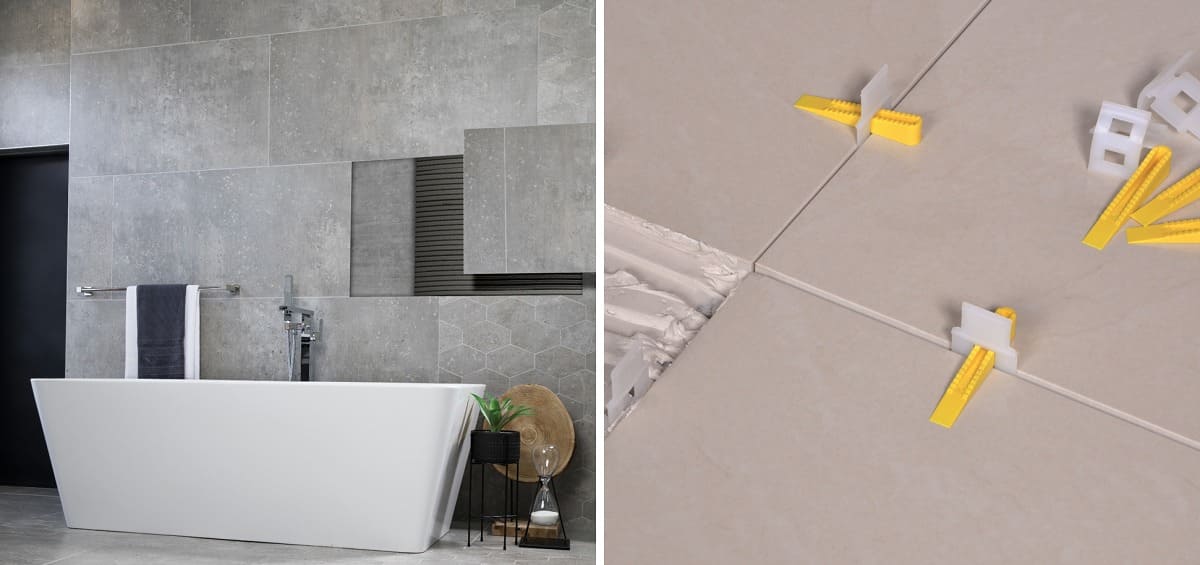

Lipping of tiles can occur on large tiles. Laying of tiles in a brick/running bond pattern should not be considered because of potential lipping caused by the curvature of large format tiles. We recommend a maximum offset of 30%.
The use of self-levelling spacer or clip systems will further assist with reducing ‘lippage” of tiles.
Adhesive system
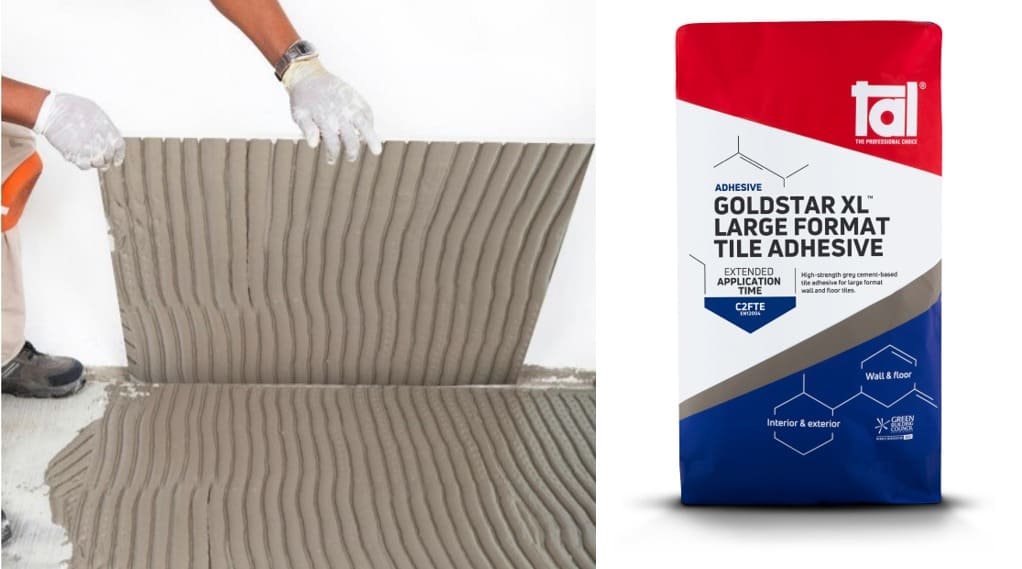

-
Make use of a specialised tile adhesive designed for fixing larger tiles, such as TAL Goldstar XL, which offers a longer open time. This extra time allows for the ‘double-buttering’ technique where adhesive is applied on both the substrate and the back of the tiles to ensure full contact and a solid bed of adhesive behind each tile.
Tile and movement joints
The joint width for fixing large format porcelain tiles (including rectified tiles) should be no less than 3mm wide, and no less than 5mm wide for ceramic tiles.
It is important to note that when installing large format tiles, there is a smaller number of joints between large format tiles, as compared with the same area of normal format tiling, meaning that less stress (movement) can be accommodated at the tile joints and allowances need to be made for this. Modifying the grout with TAL Bond or TAL Bond Powder, will allow for more flexibility and bond strength within the installation.
Please also refer to the manufacturer’s instructions for specific details pertaining to the handling, cutting, cleaning and maintenance of these tiles.
For more information on our multi-level tiling systems, or for a bespoke specification on the installation of large format tiles for your project, contact the TAL Technical Advice Centre.
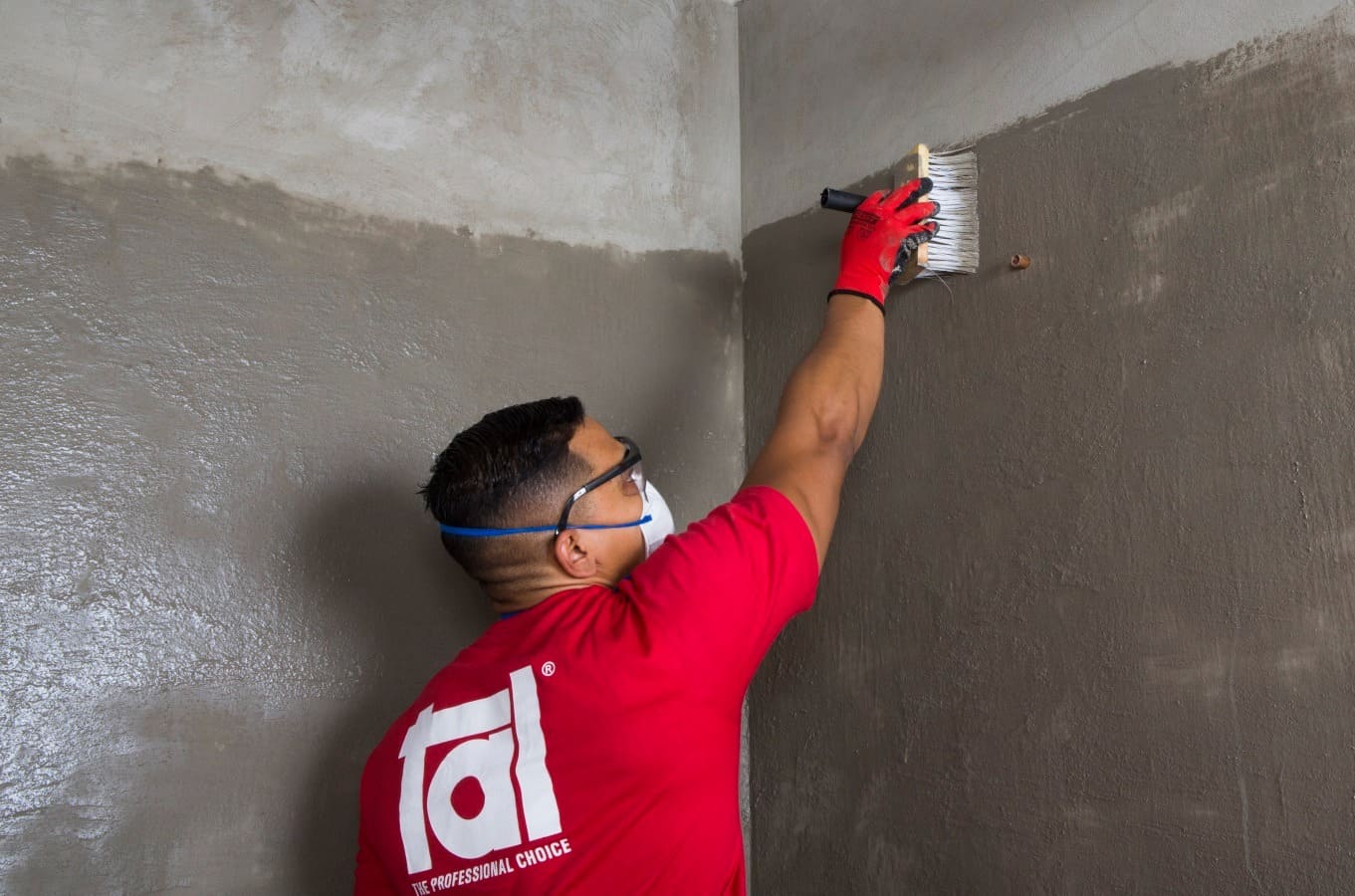

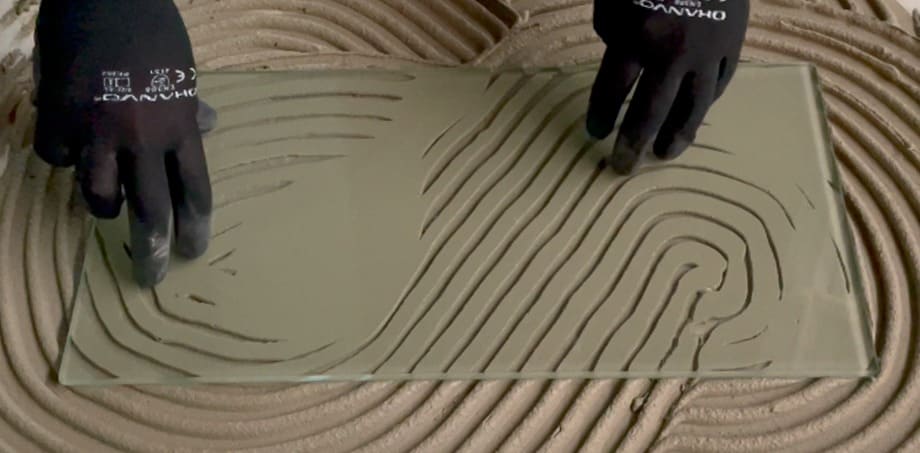

-
Top Tip: Waterproof to a minimum of 100mm above the shower rose.
Level 4: Tiling
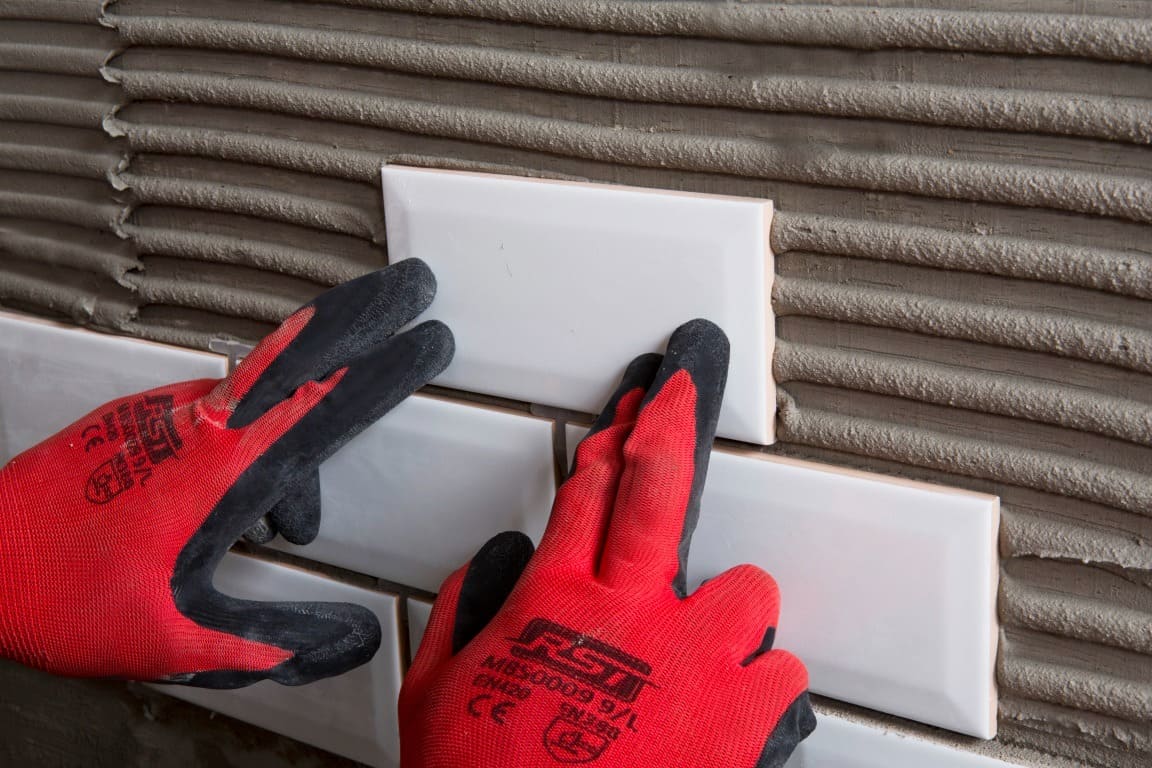

Allow TAL Sureproof Shower to dry completely for 24-36 hours before tiling directly onto the waterproofing. Due to the impervious nature of the waterproofed substrate, only rapid- or quick-setting tile adhesives should be used. To improve the water resistance, flexibility and bond strength of the adhesive, use TAL Bond as a total water replacement in the mix.
When grouting, it is recommended to also replace the water in the TAL grout mix with TAL Bond. Preparing the shower in this manner, level by level, will ensure a long-lasting and water-tight shower installation.
Tiles are not inherently waterproof, which is why it is important to include waterproofing when renovating a shower, or bath surrounds. This multi-level approach not only ensures the durability and longevity of your work, but also results in a happy customer.
Watch our step by step video on how to waterproof a shower on YouTube.
TAL products are available at all major tile merchants and home improvement retailers.
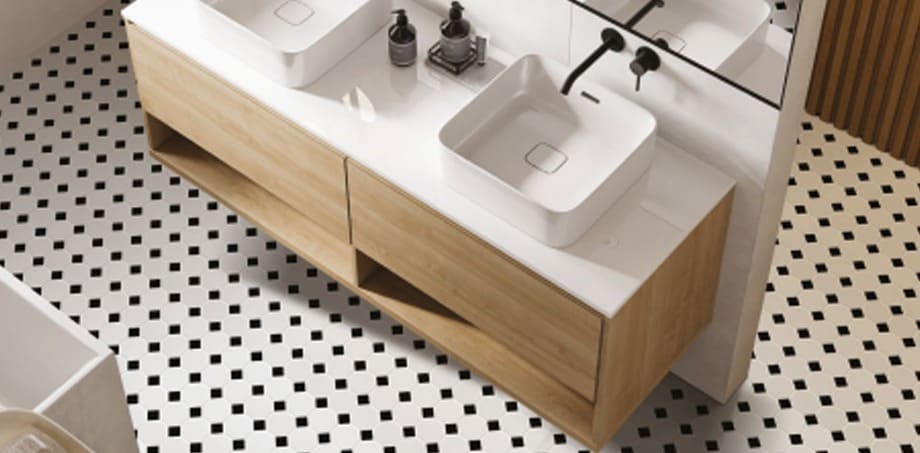

4 POPULAR WALL LAYOUTS
1. Tessellate drama
Intricate geometric designs that repeat seamlessly are the trademark of these patterned tiles. It’s the type of layout that adds a touch of drama and visual interest to a room. Room effect: tessellate tile layouts are used on walls and floors to make a bold statement.


2. Herringbone chic
Characterised by tiles set in a zigzag pattern, this pattern is a timeless choice that adds a touch of classic elegance. Room effect: A versatile layout that suits various styles, from traditional to contemporary. It's a popular choice for accent walls and splashbacks, and for entrances, hallways, and living room floors.
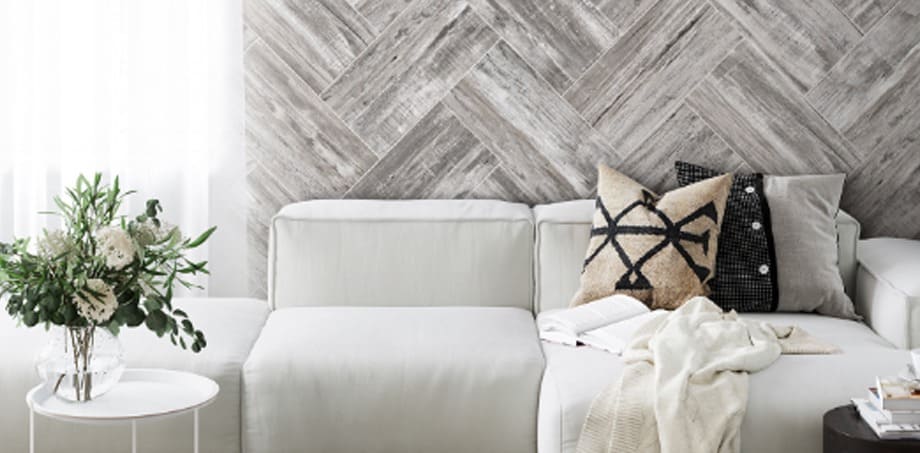

Wood-look tiles used on an accent wall to create a soft and textured look.


Metro tiles arranged in a herringbone pattern for a modern kitchen splashback.
3. Vertical stacked bond pattern
Metro tiles are versatile for creating contemporary looks. Room effect: Also known as subway tiles, they can be arranged in a vertical stacked bond pattern, or a horizontal brick/running bond pattern for a contemporary look.




4. Hexagonal honeycomb
Hexagonal tiles arranged in a honeycomb pattern create a chic and contemporary design. Room effect: This layout works well in both small and large spaces, adding a geometric and trendy feel.


Spot tiles have been used, where white tiles are placed randomly between the black tiles
A popular tiling trend is the use of different shaped tiles, not just because they’re appealing to the eye, but all that’s required to change a pattern is to change the colour of a handful of tiles. Try not to overwhelm the space with too many conflicting patterns. Instead, keep your design simple. The effect is still a powerful one, but not one that will detract from the eye. It’s a trend that’s destined to grow as new shapes are introduced – triangle and rhomboid, for example.


Another big walling trend is mosaic. Often considered the domain of artisans, mosaics are understandably a little intimidating. Fortunately, ready-made mosaics are readily available, to which our only advice would be to consult an expert on correctly installing mosaics to walls and floors. Watch our video here.


The alternative is to use small sections of various colours, hues or materials, rather than a full installation. With little effort, the use of these sections or full mosaic sheets between other tiles can really accentuate a space. It’s this technique as well as the use of colour that will dominate future tiling trends.
Do you have what you need?
Now that you have a view of some of the most popular layouts used in the industry, you’re almost ready to go. Before you do, it’s important you use the right materials and equipment to ensure the best results the first time around. Different types of tiles, as well as where they’re being installed, will dictate which adhesive system is required – each fulfilling a specific function.
Should you need DIY advice, or assistance with substrate preparation, screeding, tiling installation or waterproofing, we’ve put together a comprehensive selection of guides for you. Check out any one of our tiling-made-easy guides. Remember, the choice of grout colour also significantly impacts the overall aesthetic. Consult our grout colour chart to make sure you enhance your look.
For technical advice please contact our experts on 0860 000 TAL (825) or email: [email protected]
Photo credits: www.johnsontiles.co.za